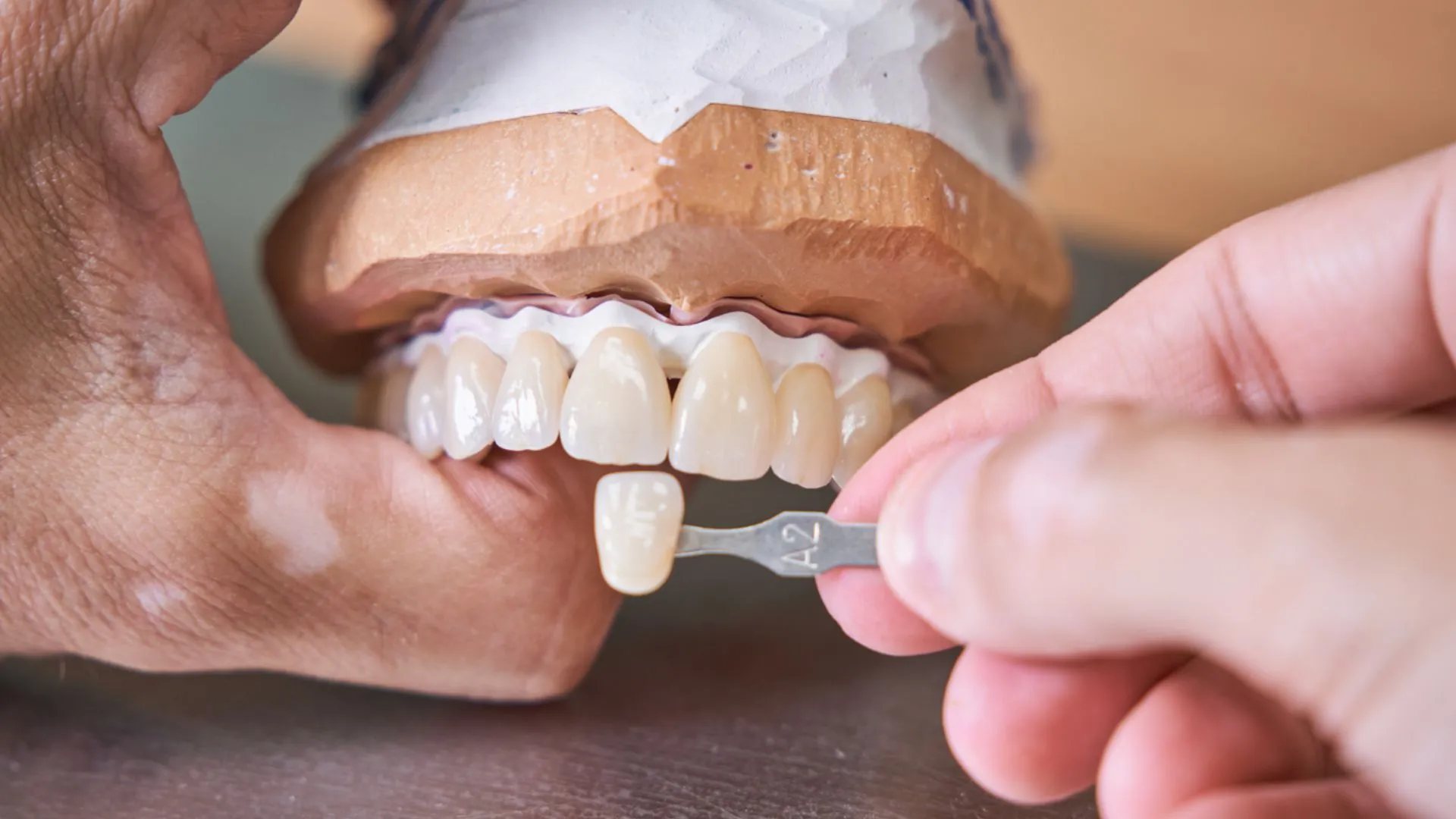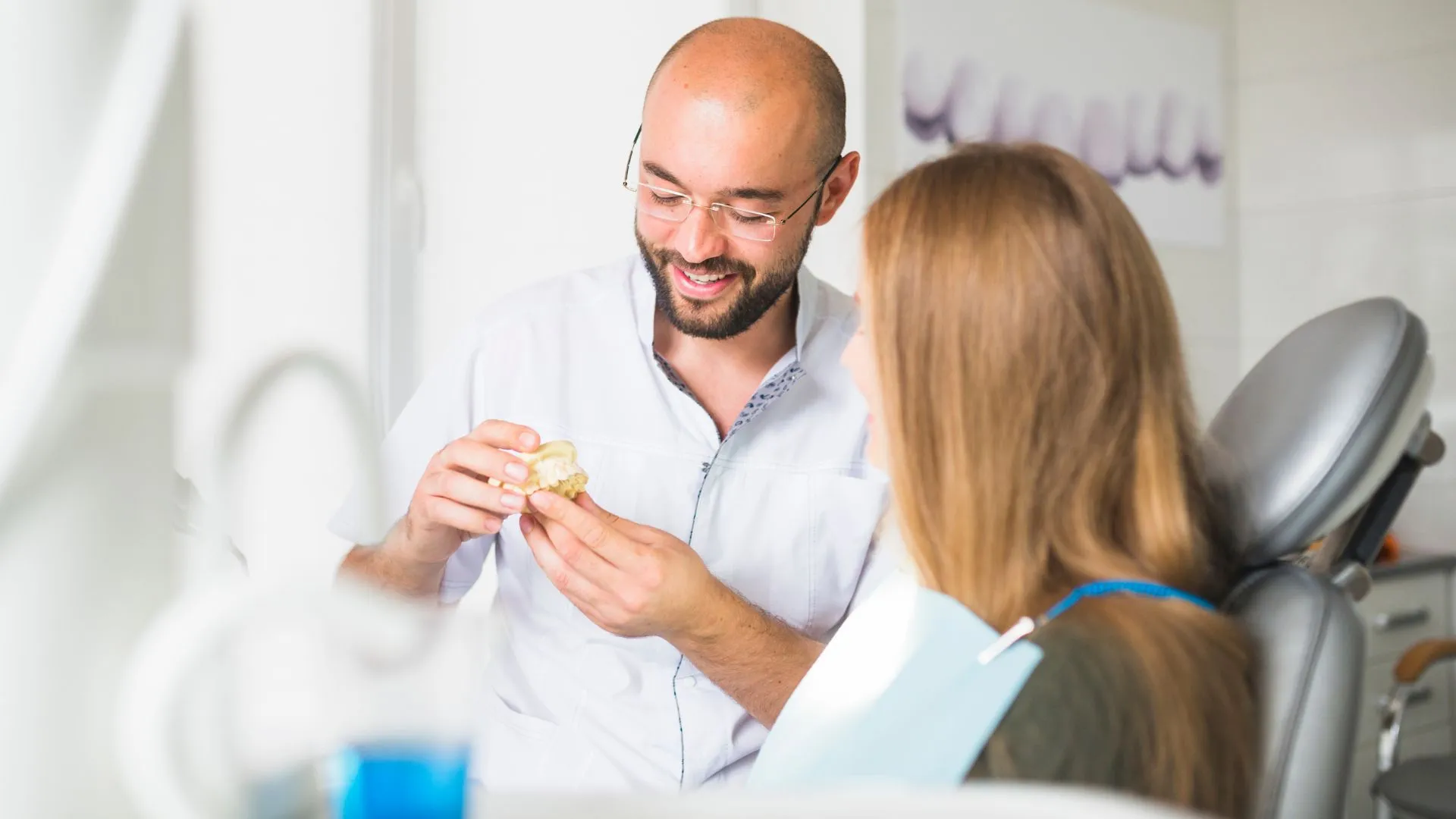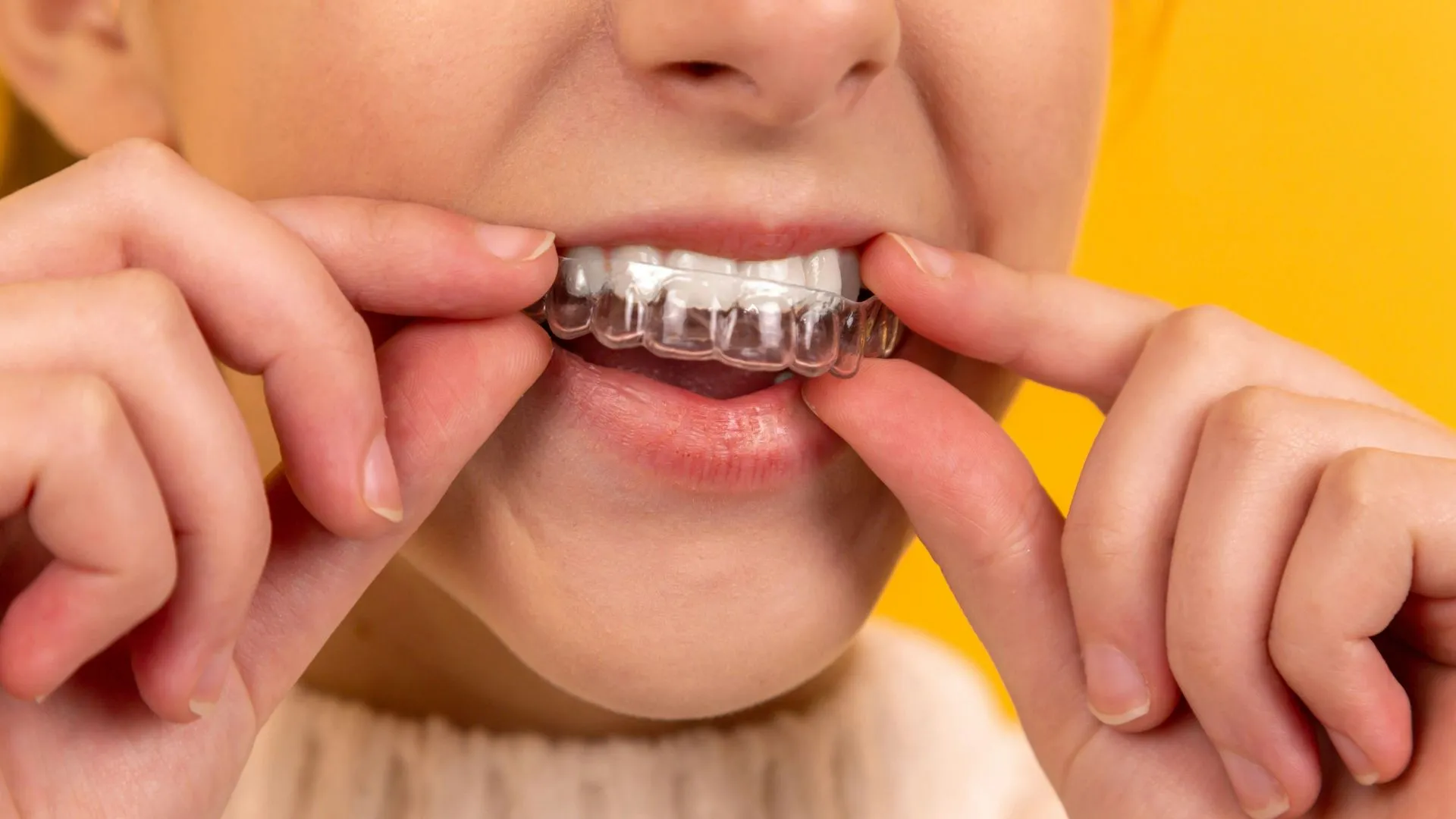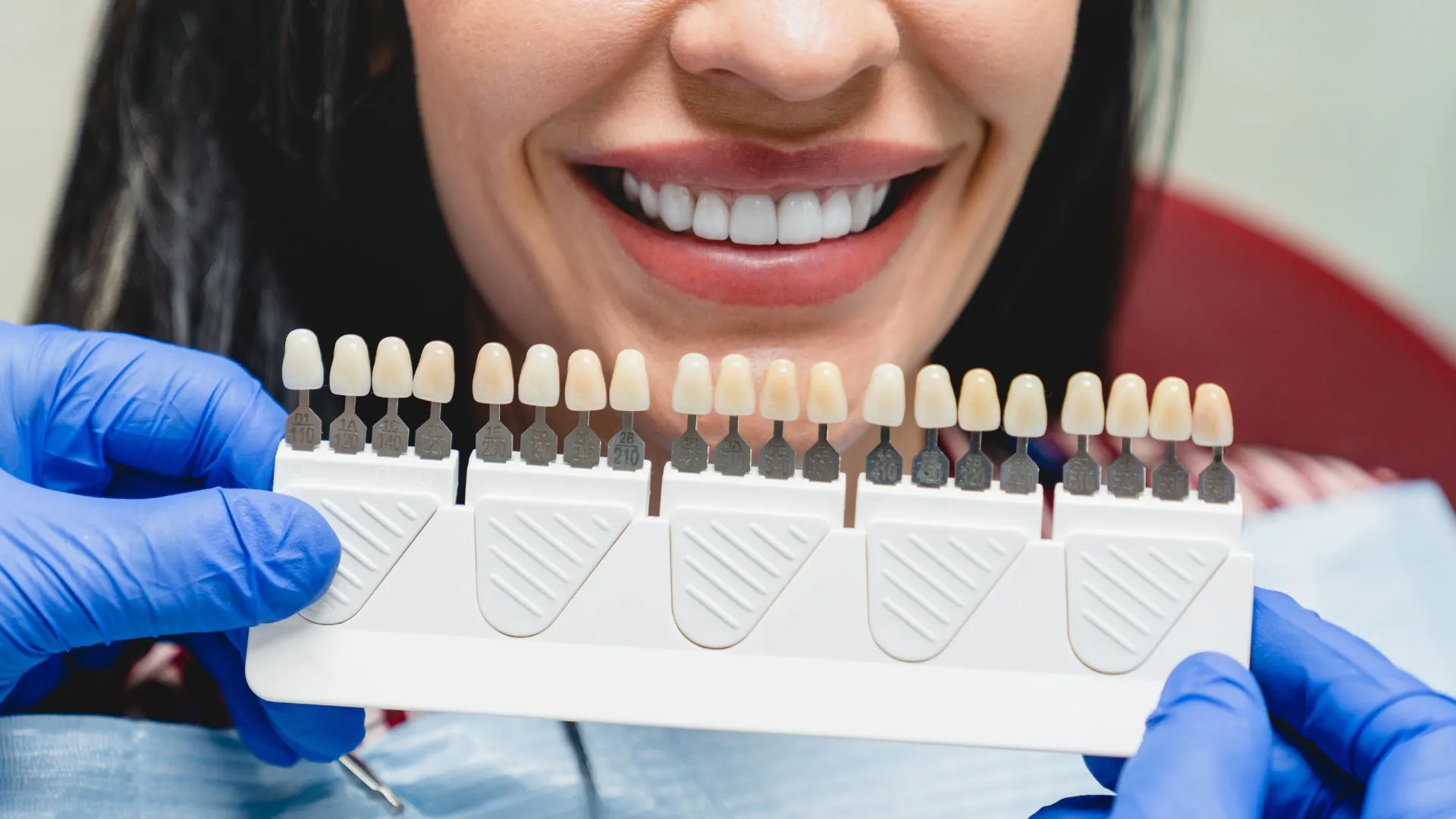An imperfection in a smile, no matter if it is a chip in the tooth or discoloration of a single tooth, is enough to make anyone want to do something about it. Veneers have long been the go-to solution for correcting minor imperfections in teeth that…
An imperfection in a smile, no matter if it is a chip in the tooth or discoloration of a single tooth, is enough to make anyone want to do something about it. Veneers have long been the go-to solution for correcting minor imperfections in teeth that include chips, small gaps, minor overlaps, and discoloration. However, there is a newer technique available called Bioclear that has been sweeping the dental field as an alternative to bonding. The Bioclear Matrix can do some repairs to the front teeth that allow a patient to have a smile that they can be thrilled to show off.
What is Bioclear?
Bioclear Matrix is an innovative new approach to the traditional bonding technique. If you have looked at some of the services offered at your dental office for cosmetic procedures it is likely you have seen veneers and bonding, but Bioclear is still relatively new, and the dentist is now investing in the new technique. Most patients don’t know what to expect from bonding or the new Bioclear procedure.
After you have discussed with your dentist the options to fix the problems with the front teeth, he or she may suggest the Bioclear Matrix method. When the treatment begins your dentist will isolate the teeth that are needing to be repaired, typically two teeth at a time, and are generally the front teeth that work well with Bioclear. Your dentist will then extensively clean the area, to make it bacteria-free allowing the bonding agent to have considerable contact with the tooth. The micro-blasting technique ensures that the area is decontaminated and ready for the bonding solution to be applied.
The Bioclear cream will be applied over the tooth and below the gum line. It is implemented in a single layer, unlike composite bonding that is built up. Your dentist will then “carve” the bonding material to create a beautiful tooth restoration. After the tooth has been shaped, a warm injection molding is applied to give the bonding agent added strength. While the term bonding may be used with Bioclear, it isn’t the same as the traditional bonding service performed in most dental offices.
Veneers & bonding cost: What to expect
Cost is a huge aspect when a patient decides on which is the best form of treatment for their specific dental situation. The price tag is rather hard to avoid, and when you compare the three basic cosmetic dentistry options for minor imperfections including, bonding, Bioclear, and veneers it may make you think twice about having one or the other done.
Veneers are perfect for fixing more than just the front teeth they can solve any problem with the front-facing portion of the teeth. However, the most significant downside, and what some might consider a cost is the tooth loss that happens when veneers are placed. Your dentist will likely need to shave a portion of the tooth to make room for the veneer.
While porcelain veneers are paper-thin, in order to have them blend in and not look bulky a portion of the tooth will need to be removed. What this means for wearers of veneers is that they will need to replace the dental fixture at some point in their life. Veneers are estimated to last roughly ten years. If they become loose, a replacement will need to made and fitted. Considering a single veneer on average costs between $1000 and $2000.
WIth Bioclear, you can expect that the teeth gap and filling cost to be on average 25% to 50% less than the price of a traditional porcelain veneer. This makes it a very alluring option for patients that have minor problems with their teeth, and desire a cheaper solution. But how does Bioclear compare to traditional bonding procedures in terms of cost? Bioclear is more expensive than bonding for a couple of reasons.
Your dentist will have to invest in the materials needed to do the procedure, which contains many more components than that of conventional bonding. Bioclear uses a warm injection molding technique that allows the bond to be just as strong as porcelain veneers. Bonding typically doesn’t have as long a lifespan as Bioclear, which offsets the initial cost of having the produced done. It is estimated that Bioclear can cost up to $200 more than traditional bonding.
Is Bioclear right for you?
Bioclear is designed to fix several problems but isn’t right for everyone. It can strengthen teeth, repair broken or chipped teeth, or rejuvenate the front teeth edges. Why many patients are opting for the new technique for restoration is that it is minimally invasive, yet just as strong as veneers providing excellent results. The cost may be higher than the regular bonding service offered through your dental office, but considering they are 10x stronger than the traditional bonding, it is well worth the additional cost. But the real advantage to having the Bioclear method done versus veneers is saving your natural tooth from having to be trimmed down.
Dental offices love using this new technique, but it is an extremely expensive investment. Some new tools and materials need to be purchased. Your dentist will also have to attend courses to learn about the new technique to provide the best results to the patients. But it is a worthwhile investment to their patients because of the outstanding results Bioclear delivers, especially when compared to the cost to the patient.
It is essential to weigh all the factors in determining which treatment option is best for you. Your dentist will go over the options available at their office, which could include porcelain veneers, bonding, or Bioclear to help eliminate imperfections in your smile. While the price of each varies, it is worth considering the longevity, final results, and ultimately which one will do the job needed.
Veneers have long been used to create a beautiful smile, but unforcedly with the amount of tooth loss that occurs, has made them not as ideal as other options for restorative dentistry. With the addition of the Bioclear Matrix method, it is clear to see that patients can get all the benefits, without any of the downsides.



